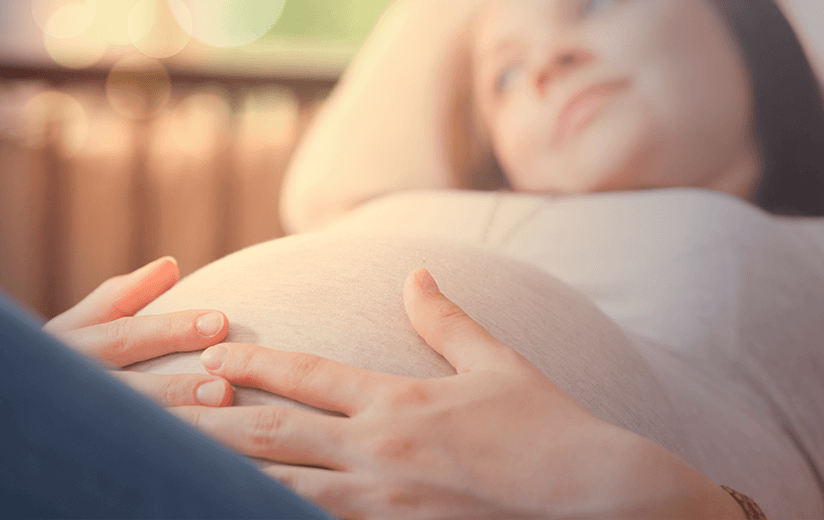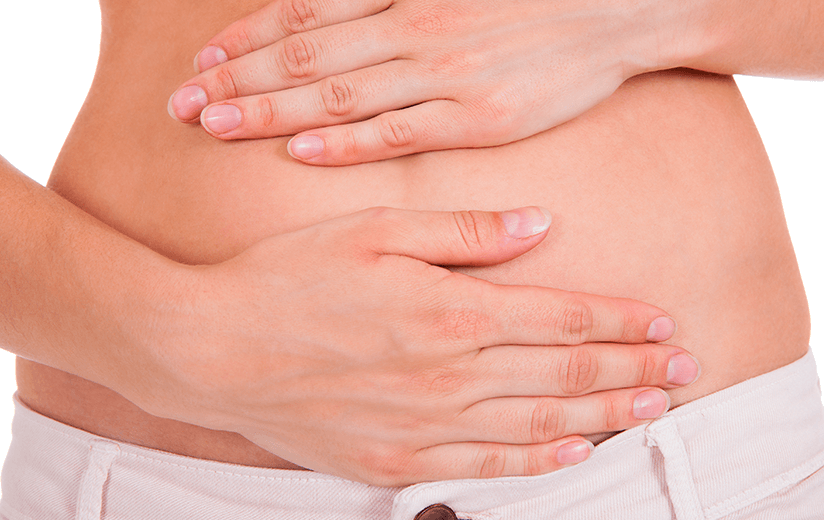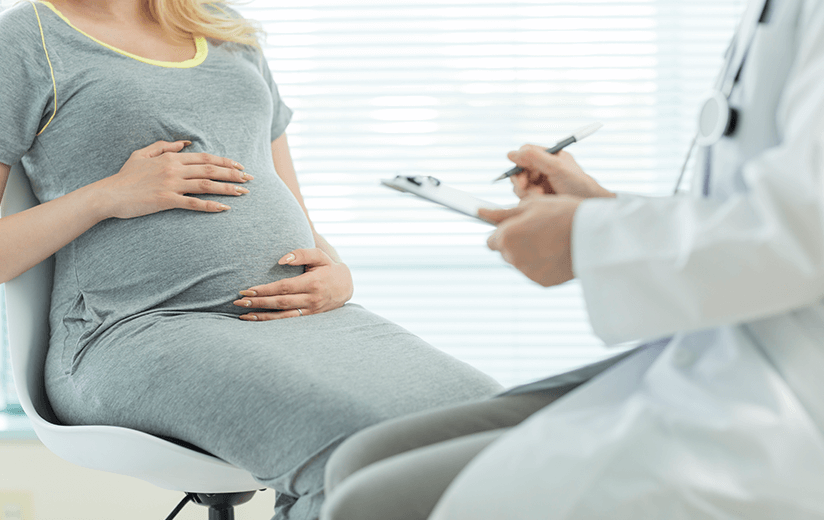My body
Your body starts to change from the first day of your pregnancy. It is a continuous process of adaptation, which lasts nine months and prepares you for this new condition. It is therefore important to know what are the changes that appear in your body and why they happen, in order to be prepared.
- Body temperature increases. This is because the body produces increasing amounts of progesterone that is necessary for the development of the embryo. Also,the tiny blood vessels (capillaries) near the skin surface are increasing in number, and therefore more blood reaches the skin surface and you look healthier and brighter.
- Sensitive and tumid breast. This is because of surge of hormones. Also, the veins get much more distinct, small brown or pink bumps develop around the nipples, while many women notice their breasts to triple up. This does not apply in all cases, as in many women no remarkable change occurs.
- Fluid retention. During 9 months of pregnancy, the body retains large quantities of water; thereby you may observe swelling of the face, fingers or ankles. The swelling is likely to be quite normal and more intense as your pregnancy advances. It is advisable, however, to notify the doctor, because the swelling, in combination with high pressure or the occurrence of albumin in the urine, may be a symptom of preeclampsia, one of the most serious and dangerous complications of pregnancy, which should be treated immediately.
- The color of the cervix changes. The color of the cervix changes from pale pink to purple within six weeks from the beginning of pregnancy, and the more you approach childbirth, the redder it becomes.
- Contractions of the uterus. Contractions occur throughout pregnancy, but become stronger by the 20th week. Contractions are particularly useful, as they help the blood supply while they prepare the uterus for the exit of the baby.
- The shape and size of the uterus changes. Initially the uterus is pear-shaped and has a capacity of about 10 ml. As the pregnancy progresses, it acquires a more round shape, while its capacity can even reach 20 liters.
- Discomfort. As the uterus grows upwards, the lungs spread sideways. Although the ribs move to make space for the lungs and to allow easy breathing, it is possible to breathe with some difficulty, particularly when approaching childbirth. Particularly helpful is strewn with several pillows behind your back.
- The heart grows bigger and the pulses increase. This happens in order to enable the heart to respond to your body’s increased needs during this period. The change however is usually unnoticed. Furthermore, the heart changes position and moves higher in to the chest to create a space for the developing baby. About 40 days after childbirth the heart returns to its original size and place.
- Fainting. During pregnancy, your body has particularly increased needs in blood. This often has a result, for the brain not to be properly supplied with blood and it causes fainting episodes. Fainting is also very likely to occur because pregnant women have low blood pressure in early pregnancy. These symptoms usually disappear when entering the second trimester of pregnancy.
- Bleeding of the gums. Both the surge of hormones and the increased needs of your body in the blood,may lead to bleeding gums,a symptom particularly common during pregnancy.
- The skin and hair darkens. Many women observe their facial skin, nipples and navel to become darker during pregnancy as well as the moles and freckles, that they have, to become more pronounced. Also, they may present a black line along the belly and darker hair on the hands and feet. These changes are perfectly normal and are due to fluctuations of estrogen in your body. These spots fade after delivery and after a period of time, but it is important to use sunscreen products of high protection during pregnancy, so as to prevent the spots from becoming permanent.
- Feeling tired. The increase of progesterone in the body results in lower energy levels. So you may often feel tired, especially in the morning.
- Fast growth of hair and nails. Increased blood supply and hormonal changes result in a very rapid growth of the nails and the hair. You will see that during pregnancy your nails will be much stronger and hair loss will be significantly reduced.
- The belly button becomes flat. This occurs at about the 30th week until the end of pregnancy and, only in some cases, becomes expanded outward. The belly button returns to its initial shape a few days after birth.
- Stretch marks. By week 40, the circumference of your waist will reach about 100cm. Red stretch marks are likely to occur because the skin stretches to support the course of development of the infant. Their appearance can be reduced if special creams or oils are used in order to keep your skin more hydrated, and thus more flexible. Stretch marks will subside over the years and will take the form of fine lines.
All these changes are really impressive! Of course, you should always keep in mind that no woman is like another, and that each one will experience differently this magical time of preparation for the transition to motherhood.
In collaboration with Dr Olga. E. Bikou, Obstetrician-Surgeon-Gynaecologist










